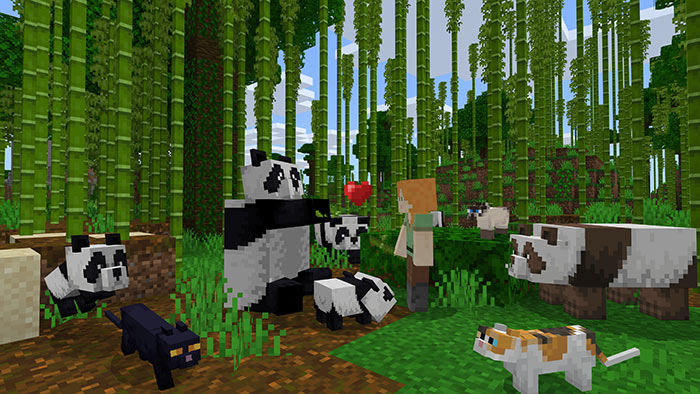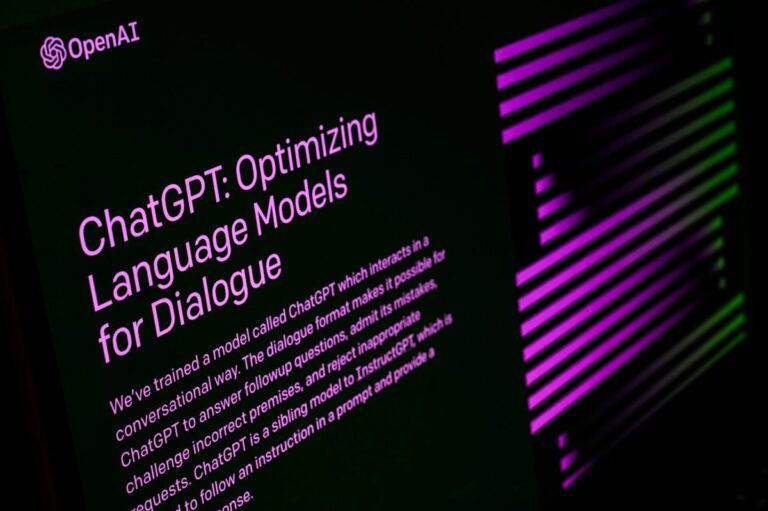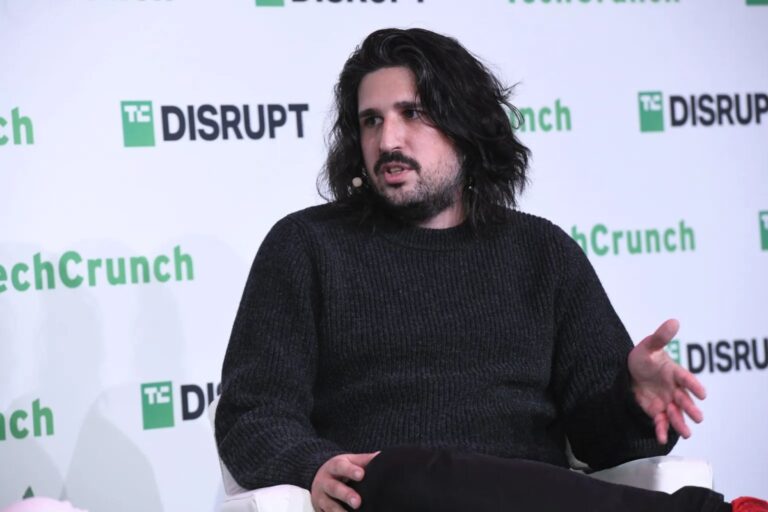High School Student Launches Exciting Website for Epic Minecraft Build-Off Challenges Against AI Models!
As traditional AI benchmarking techniques prove insufficient, innovative approaches are emerging to evaluate the capabilities of generative AI models. One of the most intriguing methods involves using Minecraft, the popular sandbox-building game owned by Microsoft, as a testing ground for AI performance.
Introducing Minecraft Benchmark (MC-Bench)
The Minecraft Benchmark (MC-Bench) is a collaborative platform designed to pit AI models against one another in exciting head-to-head challenges. Participants create Minecraft builds based on specific prompts and then vote on which AI performed better. Only after voting can users discover which AI was behind each creation.
The Vision Behind MC-Bench
Adi Singh, a 12th-grade student and the mastermind behind MC-Bench, emphasizes that the true value of Minecraft lies in its widespread familiarity. He notes, “Minecraft allows people to see the progress [of AI development] much more easily. People are used to Minecraft, used to the look and the vibe.”
Collaborative Efforts and Contributions
Currently, MC-Bench lists eight volunteer contributors. Major tech companies such as Anthropic, Google, OpenAI, and Alibaba have supported the project by providing access to their AI products for benchmarking purposes, though there are no formal affiliations.
Future Aspirations
Singh envisions expanding the scope of MC-Bench, stating, “Currently, we are just doing simple builds to reflect on how far we’ve come from the GPT-3 era, but we could see ourselves scaling to longer-form plans and goal-oriented tasks.” He believes that games provide a safer and more controlled environment for testing agentic reasoning.
Challenges of AI Benchmarking
AI benchmarking is notoriously complex. Traditional evaluations often grant AI models a home-field advantage, as they excel in specific areas due to their training. For instance, while OpenAI’s GPT-4 may score in the 88th percentile on the LSAT, it struggles with simple tasks, such as counting letters in a word. Similarly, Anthropic’s Claude 3.7 Sonnet showed 62.3% accuracy in software engineering benchmarks but performs poorly in games like Pokémon.
The Appeal of Visual Evaluation
MC-Bench serves as a programming benchmark where AI models write code to create builds based on prompts like “Frosty the Snowman” or “a charming tropical beach hut.” This visual evaluation makes it easier for users to assess which creations are more appealing than delving into complex code, thereby broadening its audience.
Insights and Implications
While the significance of these scores in terms of AI usefulness remains debatable, Singh argues they provide valuable insights. “The current leaderboard reflects quite closely to my own experience of using these models, unlike many pure text benchmarks. Perhaps MC-Bench could assist companies in determining if they are on the right track.”
For more on AI benchmarking techniques and innovations, consider exploring TechCrunch for the latest updates in the tech industry.







